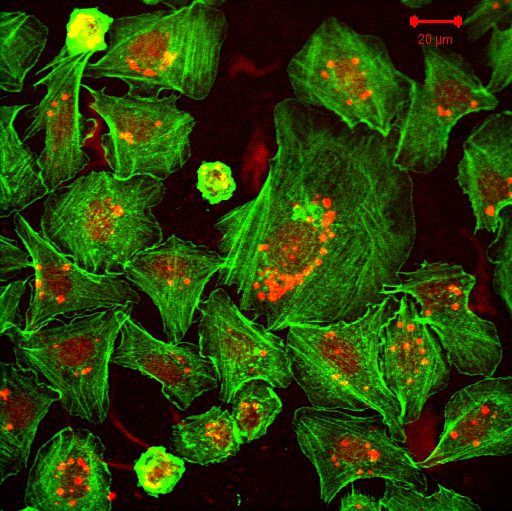The design and development of visible light photocatalysts for wastewater remediation applications have received considerable attention due to their ability to operate under low energy, renewable and clean. The application of ZnO nanostructures as a photocatalyst in various photodegradation applications has shown to be of continued interest. However, ZnO possessed several setbacks, including their large bandgap, which require high energy for the excitation of the electrons. To overcome these limitations, doping ZnO photocatalysts has been confirmed to enhance their photocatalytic performance by narrowing their large bandgap, thus opening up numerous possibilities. Doped ZnO nanostructures have found extensive use in pollution control applications as visible light photocatalysts. The doping with metal or non-metal elements, metal oxides, and inclusion with other semiconductors to form a hybrid heterojunction photocatalyst are among the strategies employed. This mini review summarizes recent progress in the strategies employed in the preparation of doped ZnO photocatalysts for the degradation of various organic pollutants, including synthetic dye molecules and emerging contaminants. Their application in antibacterial performance is also briefly explained. Additionally, the degradation mechanism of selected pollutants is also discussed. Finally, the advantages of using doped ZnO photocatalyst for pollution remediation are discussed. Considering the issue of water security, this review is timely to address the impending problem that the world is facing. Hopefully, this article can assist readers in gaining a better understanding of doped ZnO photocatalysts.
